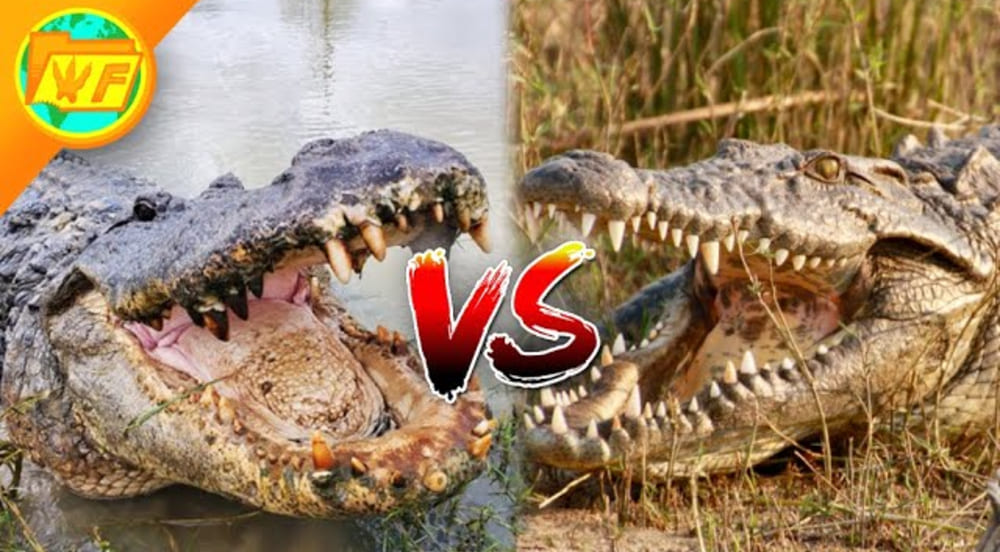The tongue plays an essential role in alligator daily existence since alligators share a similar fixed tongue arrangement with crocodiles. Crocodiles differ from numerous animals since their tongues remain immobile when attached to the top of their mouth. Their tongue remains immobile since it is attached to the mouth roof. The sensory cells on their tongues function to detect water chemicals that assist their prey location. The powerful tongues help crocodiles swallow large food pieces because they are strong but muscular in nature. Crocodiles open their jaws to bask under the sun as a body temperature self-regulating technique though their tongues remain clenched within their mouths.
Do Alligators Have Tongues
The same tongue structure in alligators matches that of crocodiles because their tongues bind to the mouthfloor preventing any tongue protrusion. Structurally their mouths block water from entering their lungs while capturing their prey beneath the surface of water. The tongue of an alligator functions due to its muscular structure to facilitate swallowing. These restrictive tongues perform vital bodily functions which assist prey digestion but also help with environmental perception.
Crocodile Tongue Colour
Most crocodiles have tongues which appear light pink to yellowish pale. The pale color of the tongue enables it to match the interior of the mouth since both areas possess comparable colorings. Different species of crocodiles exhibit minor variations in their tongue colors that depend in part on their food sources. Crocodiles do not employ bright color communication patterns like other animals because their tongue color serves no communicative purpose. The main sensory and practical purposes of crocodile tongues help them find prey and consume their meals.
Crocodile Tongue Length
When comparing to the mouth size crocodiles exhibit remarkably extended tongues which stay static and unmovable. Contrasting its size the crocodile tongue reaches approximately 12 inches (30 cm) in length on average. The tongue extends to nearly 30 cm in length but stays fixed within their mouth by its attachment at the bottom. The extended tongue length serves an important function during the swallowing process without obstructing prey consumption. The extended tongue structure helps crocodiles sense water molecules through its length which leads to better detection of surrounding food molecules.
Do Crocodiles Have Taste Buds
Green sea turtles possess taste receptors in their bodies which function at a lesser capacity than human taste buds. Both taste receptors of crocodiles appear in their tongues and inside their mouth roofs. Castles located in crocodile tongues and upper mouth help these reptiles identify chemicals in water to detect the presence of predators or of other crocs. Other than tasting their environment crocodiles heavily depend on their sight and sense of smell for successful hunting activities. Crocodiles live on taste buds which function to perceive appropriate prey items and shield them against dangerous chemical substances.
The tongue of a crocodile remains attached to the top of its mouth therefore it cannot push out the organ.
The tongue of a crocodile fits into its mouth by being connected to the roof of its mouth.
Alligators do not have tongue-retraction capabilities because their tongues exist as a fixed anchor at the mouth floor.
Among fish species the lamprey stands as one example which lacks a tongue feature.
Crocodiles possess tongue tissue of pale color which usually varies from light pink to yellowish shades.
Alligators share the same tongue restriction as their mouths become fixed at the back.
Crocodile tongues along with their mouth roofs have taste buds for tasting purposes.
The tongue of a crocodile extends to reach 30 centimeters (12 inches) in length.
The crocodile employs its tongue as an instrument for prey swallowing while utilizing it to scan water chemicals.
Alligators show two major distinctions from crocodiles because they possess U-shaped snouts which inhabit freshwater while crocodiles maintain V-shaped snouts that reside in saltwater areas.





